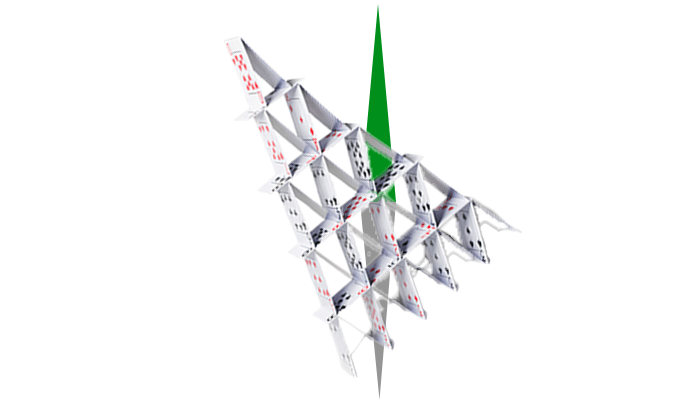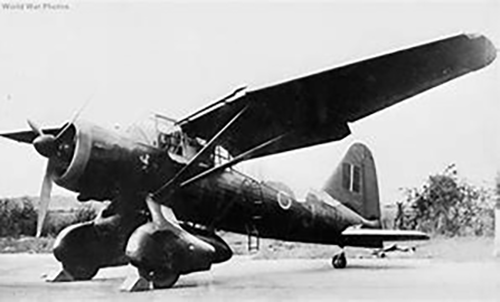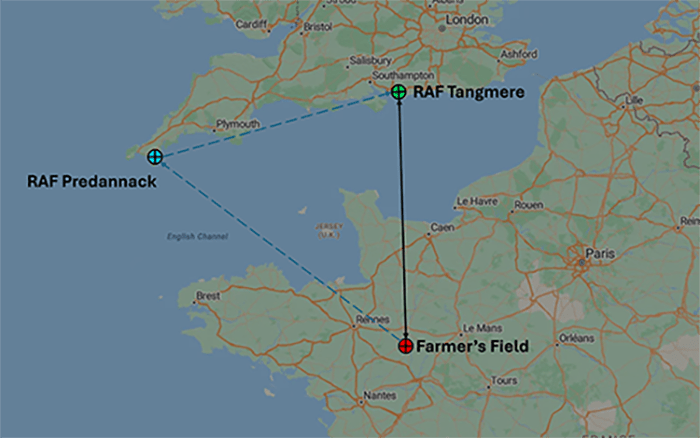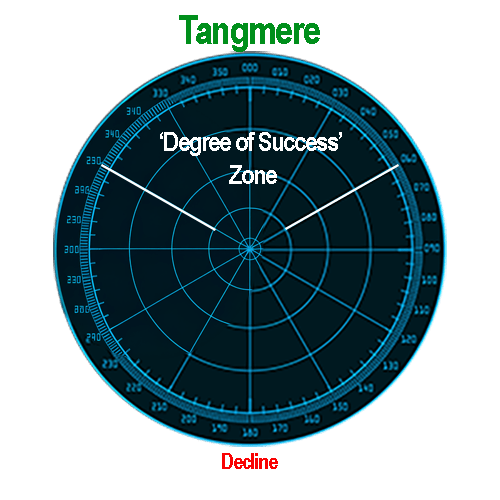
Eighty years ago RAF bomber pilot Wing Commander Percy Pickard successfully led 25 nighttime missions deep into Europe. Each time, he brought his crew and aircraft home safely. So his subsequent struggles taking short hops over the English Channel into northern France in a single-engine Lysander surprised him and his colleagues.

Pickard would take off from RAF Tangmere on the south coast of England after midnight. After crossing the English Channel, he would navigate to some small, moonlit field. He would make a quick, quiet landing, deposit a British spy or French Resistance fighter, pick up one or two needing to head the other way, and be airborne again within minutes. Then struggle to find his way home.
The last time, he was hours behind schedule and worryingly lost over water. Finally, in the dawn light, an airfield appeared – RAF Predannack, on England’s westernmost tip. His fuel reading empty, he landed and refueled. Then gingerly followed the coast 330 miles east home to Tangmere.

Neither the escaping French Ambassador nor the second-in-command of the French Resistance huddled behind him in the cramped cockpit had any sense their wide arc west was unintended. Relieved to be back on safe soil, they were grateful to their daring pilot. Whose latest close call scared him enough to swear to solve the problem.
Magnetic compasses point true north. Except when ferrous metal comes too close and attracts the needle from its correct heading. Such as the stainless steel of the whisky flask Pickard tucked in his flight boot for a fortifying tipple when heading home. Duly relocated, all future trips were completely successful.
The first two posts explained how internal and external facilitators and consultants (business pilots) and their clients (very important passengers) have unknowingly set a sub-optimal destination for decades. Caused by their compass (stakeholder interviews and analysis) missing a critical feature: Non-likemindedness Reconciliation.
Wing Commander Pickard knew something was wrong the third time he returned across the Channel and RAF Tangmere wasn’t where it was supposed to be. But a business group creating a strategy, forming a policy, chartering a program, designing change, and similar group decisions don’t have a Tangmere by which to judge their success. Their discussions are intended to agree on where they are, identify where their Tangmere lies, and determine how to reach it. We now know that while most thought they had identified it, they hadn’t.
And when they land far off target – goals are missed, took twice as long to reach, or cost twice as much – project management, change management, and unforeseeable circumstances are blamed. No one was aware they had been guided by a faulty compass. When Gowin Knight invented the magnetic compass in 1745, he was aware of the error induced by nearby ferrous metal, and Pickard was reminded of it. It took a century to discover the ever-present misdirection flaw that stakeholder interviews and analysis have suffered.
In the early 20th century, scholars like Bronisław Malinowski and Max Weber started qualitative research in sociology and anthropology. In the mid-20th century, organizational development began emphasizing engaging stakeholders to gather insights. As Wing Commander Pickard navigated wartime skies, Kurt Lewin – a Polish-Jewish émigré to the US – highlighted the importance of engaging participants in identifying and solving problems. In 1984, R. Edward Freeman published Strategic Management: A Stakeholder Approach. Establishing Stakeholder Theory – the formal concept of stakeholders in organizations – he advised engaging them to understand their perspectives, with ‘…an explicit process of verification of the inputs…’ Unfortunately, with these roots in sociology and anthropology and, quite reasonably, in the broader context of the book, no instructions on how to verify the inputs, we have the root of the business navigation problem.

Generally, after stakeholder responses are noted, interviewers perform thematic analysis – categorizing and analyzing the interview data to identify patterns and insights. From these, they are to draw conclusions, which lead to directional goals and their enabling actions. With observation and assessment being the analysis objective, there was no need to understand if everyone thought the same way about every opinion. When divergent views surface, reconciling them or verification/validation occurs on those items the pilot deems critical. A few sticky points to tackle in the workshop. An unintended by-product of our research into Alignment Optimization revealed that it is not just a few items; on average, 83% of a business group’s initial opinions are non-aligned. The conventional stakeholder interview and analysis compass was designed for the observation of stakeholders, not decision-making by stakeholders.
As the ensuing strategy usually advanced the business, the policy improved the situation, the transformation changed the operation – we could say the important passengers made it across the Channel and landed somewhere on the south coast. Success and forward progress could justifiably be claimed, though often far from ideal, and what might have been possible.
Is such managerial navigation error safe in today’s economies? Now we know the volume of non-likemindedness in groups and the benefit of reconciling it to draw accurate conclusions, every level of organizational management can identify the Tangmere when they need to move a subject from A to B.

While on the navigation theme, I am adding a fourth stop on to this three-part series. The next post will explain why surveys and GenAI do not work for Reconciling Non-Likemindedness.
If you haven’t read the proceeding posts on this critical quality leak in group decision-making:
Part 1: Stakeholder Analysis is Sending Groups in the Wrong Direction – is here.
Part 2: How Stakeholder Analysis is Sending Groups in the Wrong Direction – is here.